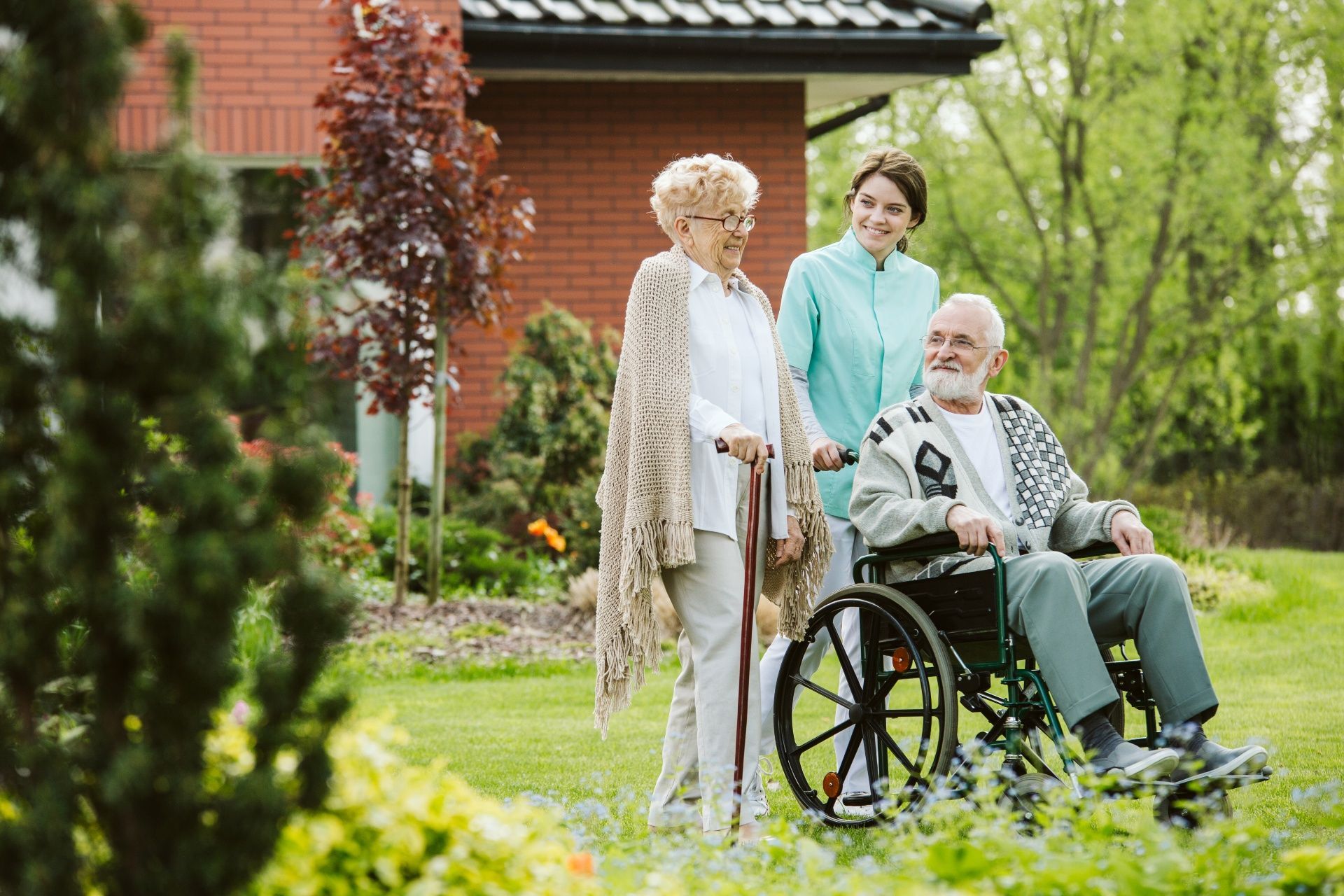Dying Doesn’t Feel Like What I’m Doing
Dying Doesn’t Feel Like What I’m Doing

That’s the title of a film about the last year of the life of beloved Rabbi Rachel Cowan. Author Sara Davidson has comments inspired by it:
“Birth and death. Little lights coming on and great ones flickering out. A stream of arrivals and departures has made me feel, acutely, the brevity of time I may have left. A month ago, I learned of the death of the man I’ve loved most deeply in my life. I’ve also lost important people in my field, writers I looked up to or was mentored by: John Dunne, Nora Ephron, Tom Wolfe, Philip Roth.
I’ve been pondering, how best to move through the time that remains? How can this stage of life be meaningful and expansive, as we’re continually required to let go: of friends; activities we used to do with ease; sharp eyesight, hearing, and memory?”
From Sara Davidson’s blog “Life at This Age” at: https://bit.ly/3hWXuu0
https://mailer.luxsci.com/link.php?M=20220674&N=15532&L=45540&F=H
For an excerpt of the film about Rabbi’s Cowan’s last year, “Dying Doesn’t Feel Like What I’m Doing,” see: https://www.facebook.com/DyingDoesntFeelLikeWhatImDoing/
https://mailer.luxsci.com/link.php?M=20220674&N=15532&L=45541&F=H
See also: https://bit.ly/3urzfqo
https://mailer.luxsci.com/link.php?M=20220674&N=15532&L=45543&F=H
See Rachel Cowan’s book Wise Aging (Behrman House, 2015) and see also: Jewish End-of-Life Care in.Virtual Age: Our Traditions Reconsidered, Rabbi Dayle Friedman et al (eds.) (Albion-Andalus Books, 2021).
For more about spiritual programming inspired by the work of Reb Zalman Schachter, visit: www.yerusha.org
https://mailer.luxsci.com/link.php?M=20220674&N=15532&L=45580&F=H



